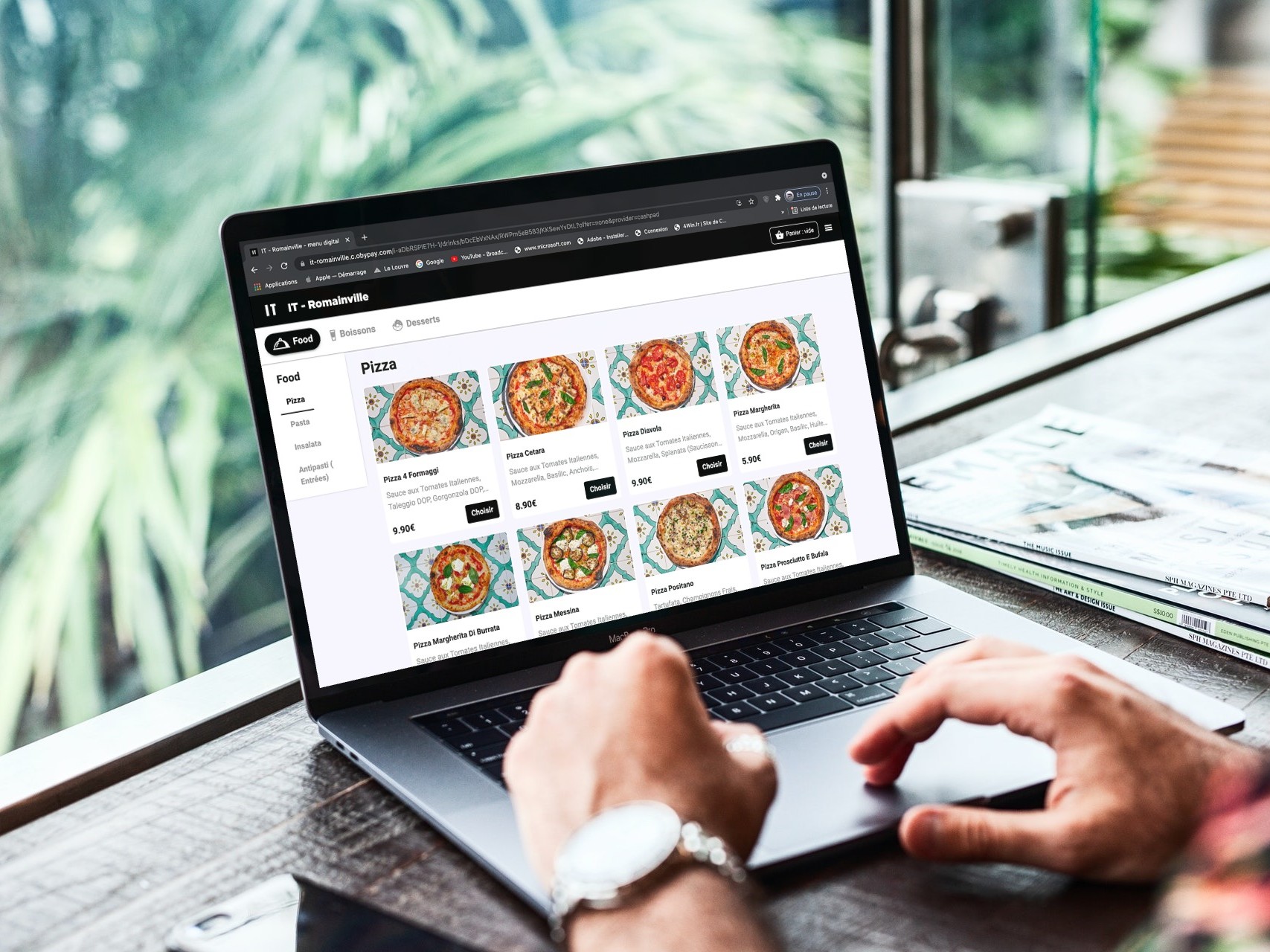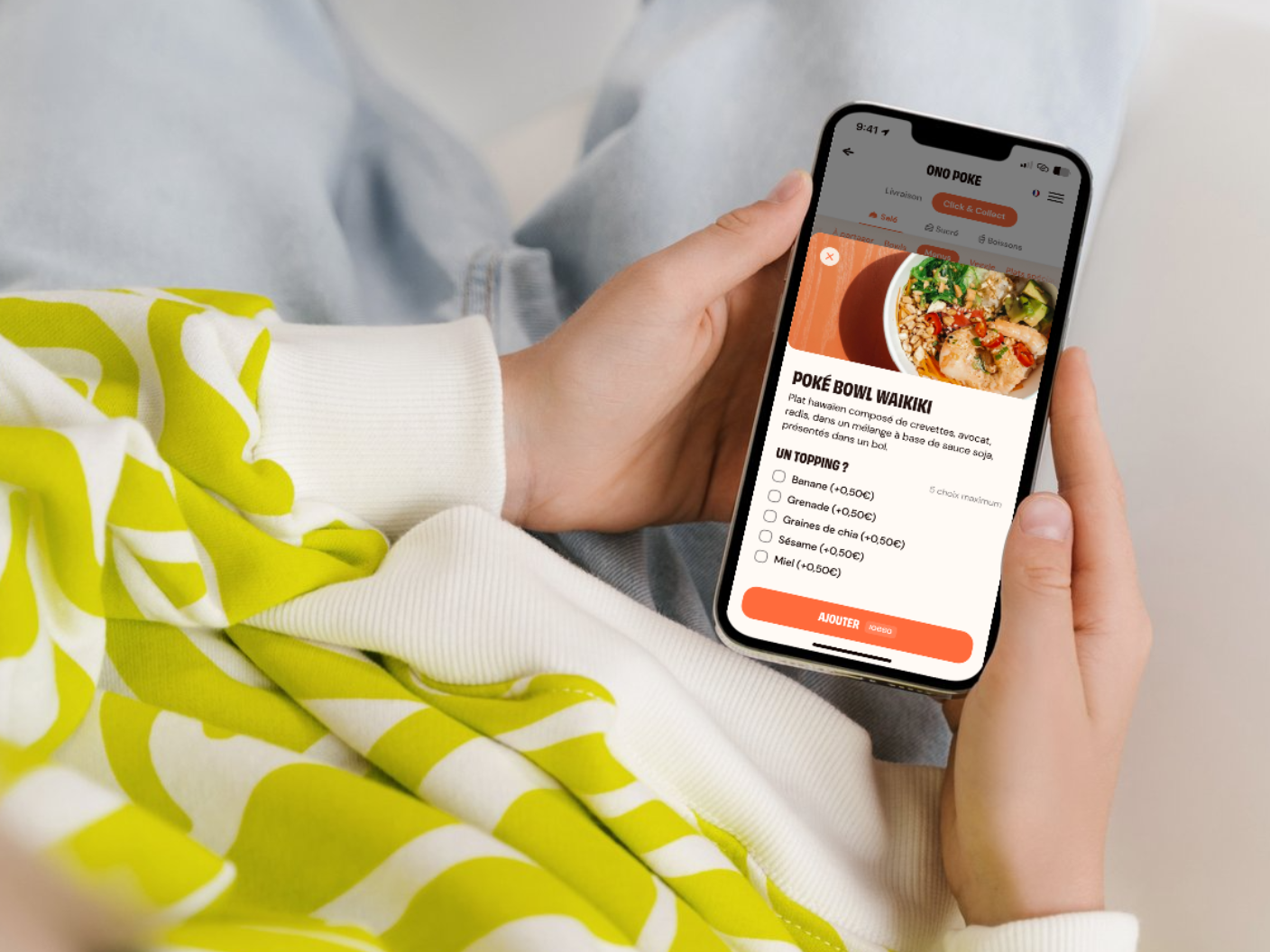Digitization in the restaurant industry: what does the future hold for waiters?
July 09, 2025
That's the question many restaurateurs are asking themselves today.
With the rise of QR Codesand terminalsWith the advent of tablets and apps, front-of-house service is evolving rapidly.
And with it, the role of the server.
This development is raising questions among foodservice professionals:
➜ What happens to the business when part of the order is automated?
➜ What are the impacts on service organization?
➜ Should the expected skills be reviewed?
➜ And how do you support teams so that digital really serves the customer experience?
In this article, we take a look at the state of digitalization in the sales floor, what's already changing in the field, and what levers you can activate to support your teams.
Because if this transition is well managed, it can breathe new life into a business under pressure, and create real prospects for your teams.
Digitalization in theatres: where do we stand?
In less than 5 years, order-taking has gone digital in many establishments.
The health crisis has accelerated this trend, but it is above all for operational reasons:
✔ save time
✔ increase in average ticket
✔ error reduction
✔ staff shortage
Today, 3 main formats coexist:
- QR Code to be scanned at the table to consult the menu, order or pay
- Self-service order kiosks, especially in the fast food and food courts
- Tablets used by front-of-house teams or entrusted directly to customers
Not everyone moves at the same pace. Food courts and fast casual concepts are often the best equipped. In the traditional cateringThe changeover is more gradual, but the transition is underway.
And customer demand is growing fast. Customers have become accustomed to interacting with digital tools in other sectors, and they expect the same fluidity in the restaurant.
What's (really) changing for servers
Order taking no longer follows the same workflow.
Before: reception ➜ order taking ➜ transmission to kitchen ➜ cashing.
Today, this cycle is partly automated. The server intervenes at other times, at other points of contact.
"Customers can now order or pay without going through the waiter. Some tables set up, order and eat without any immediate contact with the team. In this more autonomous experience, the role of the waiter is changing. He or she guides customers in the use of the tools, reassures them when things get difficult, and smoothes the way for the first orders. And always keeping an eye on what's going on in the dining room to intervene at the right moment."What it means in the field
Service is becoming smoother on the customer side, but daily life in the dining room is becoming more fragmented. Teams have to navigate between digital tools and varying levels of autonomy, depending on the customer.
Mental workloads are changing. The waiter performs fewer repetitive gestures related to order-taking, but must demonstrate greater responsiveness and coordination. It becomes the backbone of a more mobile service, capable of adapting to each situation in real time.
It remains a central link in the customer journey. Its role no longer revolves solely around ordering, but has expanded to encompass the entire in-store experience.
Towards an upgrading of the waiter's profession?
Digitization does not replace the server, but redefines its role. To keep pace, we need to evolve our skills, attitudes and ways of working in this new ecosystem.
This change opens up new perspectives. It enables teams to enhance their skills, enrich their missions and make a job that's under pressure more attractive.
Developing new skills
The first major change is the nature of the skills required.
With tools that take care of part of the order, the server becomes the point of balance between customer autonomy and service quality.
He must be able to :
➜ guide customers in the use of tools, without imposing
➜ adapt to very different situations depending on the profile (family, group, senior, regulars...)
➜ manage the instant: hesitation, misunderstanding, questions...
No need to be an expert technician. But you need to have the digital reflex, the desire to understand, and the ability to explain things simply.
It's a real change of attitude, and a lever for developing the soft skills too often overlooked in this profession.
Upgrading the profession
This new role makes the job more varied. The waiter doesn't do less, he does it differently.
It follows the service from start to finish, with a broader view:
✔ welcoming customers
✔ support for tool use
✔ supervising the smooth running
✔ advice, presence, rebound if needed
It also becomes an interface between the teams: between dining room and kitchen, between customer and manager, between service and logistics. This versatility can create real career prospects.
Digital referent, in-house trainer, team coordinator... these are all intermediary roles that are often lacking in the industry.
It's also a way of giving new meaning to a profession often seen as "food".
Working hand in hand with digital
For this to work, the tools have to be designed with the teams, not against them. The server shouldn't feel dispossessed, but supported.
Digital is not there to "optimize teams" by reducing headcount. It's there to help them focus on what makes the difference: quality of welcome, flow management, customer satisfaction.
It works when :
✔ the customer can choose between ordering via a QR Code or with a server
✔ teams retain control over the course of the service, even when the order goes through a tool
✔ tools take over repetitive tasks, without replacing sensitive interactions
On the other hand, things get tricky when :
➜ the tool is imposed without support or training
➜ teams lose sight of where each table is in its journey
➜ mental workload increases due to repetitive bugs, unintuitive tools or poor workflow layout
Want to be sure you're making the right choice? See our guide ➜ Digital order taking: a checklist to get off to a good start

Supporting the transition in the field
This evolution requires real support, beyond simple training.
✔ give meaning to this job change
✔ review job descriptions and clarify responsibilities
✔ create spaces for teams to share feedback
✔ recognize these new skills in internal career paths
At a time when recruitment is becoming increasingly difficult, upgrading the skills of our waiters is also a way of building loyalty.
Digitization: let's take stock together?
You're thinking of digitizing your order-taking process, but you're not sure which solution to choose?
Wondering what this would mean for your team, your venue, your customers?
At Obypay, we'll help you make the right choices for the way you work:
➜ What customer journey do you want to offer?
➜ What level of autonomy for your teams?
➜ How do you integrate digital without destabilizing the service?
If you want to think about it together, we're available.












